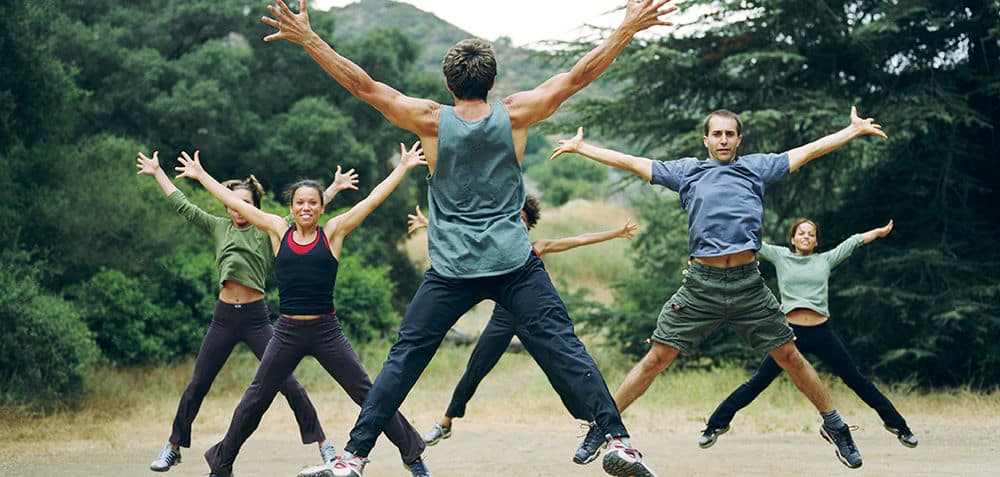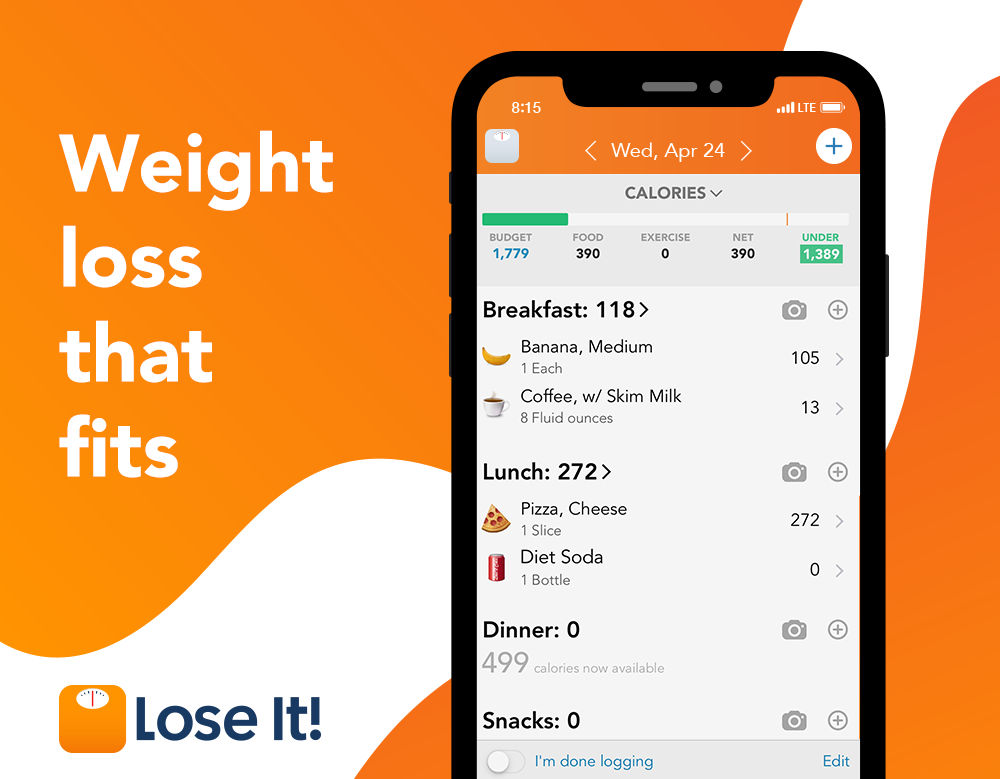In terms of resistance coaching, you could have heard individuals check with the “mind-muscle connection,” however what does it truly imply? For years, I assumed it merely referred to listening to, and being mentally conscious of, the goal muscle you’re working. It was a solution to filter out the environmental noise and distractions of the health club that may compromise the standard of your exercise. Because it seems, I wasn’t fallacious, however the phrase encompasses far more. In actual fact, the act of consciously, intentionally desirous about transferring a focused muscle can truly strengthen the muscle with out even exercising it. This may increasingly sound like science fiction, however the analysis backs it up.

In a 2014 research carried out on the Ohio College Heritage Faculty of Osteopathic Medication beneath the route of lead researcher Brian Clark, 29 volunteers had their wrists wrapped in surgical casts for 4 weeks. Half of the individuals had been instructed to take a seat quietly and visualize flexing their motionless wrist for 11 minutes a day, 5 occasions every week. The opposite group did nothing. When all of the casts had been taken off, the researchers discovered that the wrist muscle mass of these within the visualization group had been twice as robust because the wrist muscle mass of the management group. (Clark et al., 2014).
This research builds on earlier analysis carried out in 2002 on the Cleveland Clinic Basis. On this three-month research, researchers had topics in a single group bodily train their pinkie finger; research topics within the second group had been instructed to pay attention intensely on flexing that very same finger however not transfer it. The scientists took measurements of the finger muscle earlier than, throughout and after every session. On the finish of the research, whereas the research topics that truly did the bodily work elevated their finger power on common by 53%, the individuals that mentally focused on the imagery of flexing the finger elevated power by 13.5%, virtually a 3rd as a lot because the exercise group (Ranganthan et al., 2002).
Whereas this analysis sounds intriguing in idea, who goes to the health club to coach their pinkie fingers? Luckily, a newer research revealed within the European Journal of Train Physiology gives real-world relevance to the idea of the mind-muscle connection and an evidence-based rationalization as to the bodily payoff for the psychological efforts of your exercises.
The analysis evaluated whether or not specializing in particular muscle mass (chest and triceps) when performing a bench press can truly enhance efficiency of those muscle mass. Research topics carried out the bench press beneath three completely different circumstances: (1) with out concentrating on any particular muscle half; (2) whereas concentrating on contracting the pectoralis main muscle mass; and (3) whereas concentrating on flexing the triceps muscle mass. Underneath every of those three circumstances, topics carried out the bench press at 20%, 40%, 50%, 60% and 80% of their pre-determined 1-repetition max (1-RM). Outcomes indicated that muscle exercise did improve when lifters targeted their consideration on the 2 goal muscle mass, however solely as much as 60% of their 1-RM (Calatayud et al., 2016).
Why solely as much as 60% 1-RM? Making a psychological connection to the muscle you’re transferring requires focus, consideration and focus. And that may solely happen whereas utilizing weights that you could handle, such because the 20-60% 1-RM vary as used within the research. When lifting a weight at 80% of your 1-RM, your whole psychological focus will possible be directed solely at heaving that weight up, somewhat than mentally connecting to the standard and depth of the motion. Nevertheless, whereas lifting a difficult but manageable weight that corresponds to 20-60% of your 1-RM, you possibly can mentally give attention to the “high quality” of the raise. That’s the mind-muscle connection in motion.
So, how do you virtually create that mind-muscle connection whenever you raise? Attempt these two useful tips to foster a deeper mind-muscle connection:
- Transfer slowly. Concentrically raise for two seconds, pause for 1 second at peak contraction after which eccentrically return to the beginning place for a depend of three. The extra time beneath rigidity, the extra your muscle mass should work and the extra time it’s a must to mentally connect with the muscle motion
- Raise along with your eyes closed. Not solely does this eradicate any visible distractions, nevertheless it additionally deepens the mind-muscle connection by permitting you to visualise the muscle fibers contracting and stress-free. Notice: This shouldn’t be tried in case you have stability issues, are lifting heavy masses, or are performing an train that requires recognizing help.
Attempt these methods to reinforce your mind-muscle connection and see how these small adjustments in your exercise can result in huge adjustments in your outcomes.

















